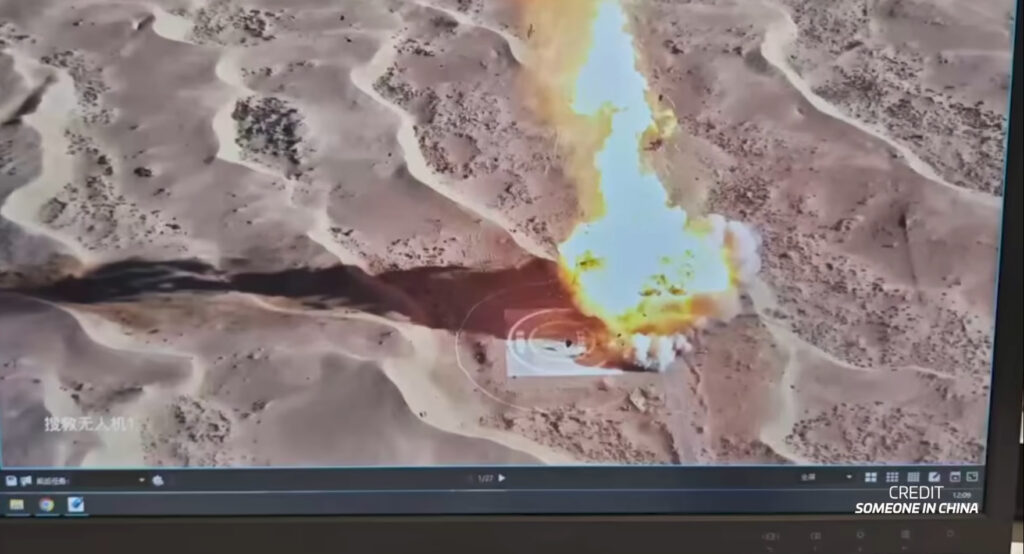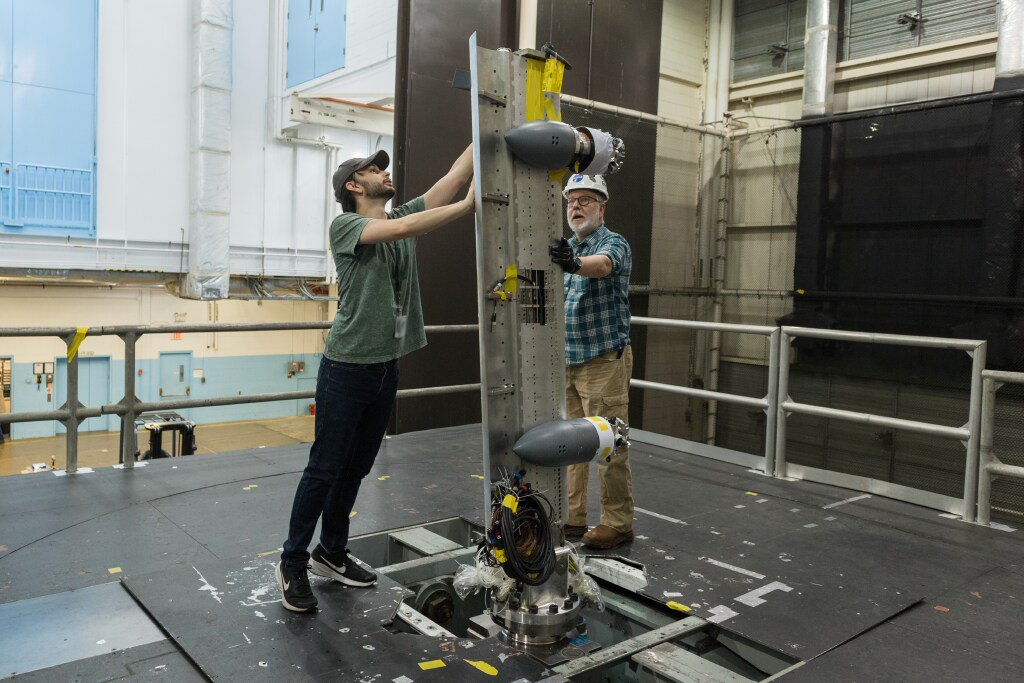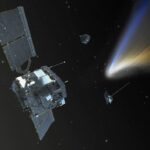Now Reading: Perseid Meteor Shower Set to Dazzle Skywatchers in August
-
01
Perseid Meteor Shower Set to Dazzle Skywatchers in August
Perseid Meteor Shower Set to Dazzle Skywatchers in August
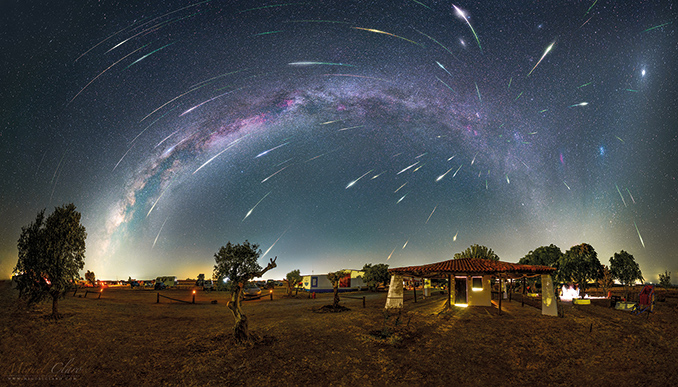
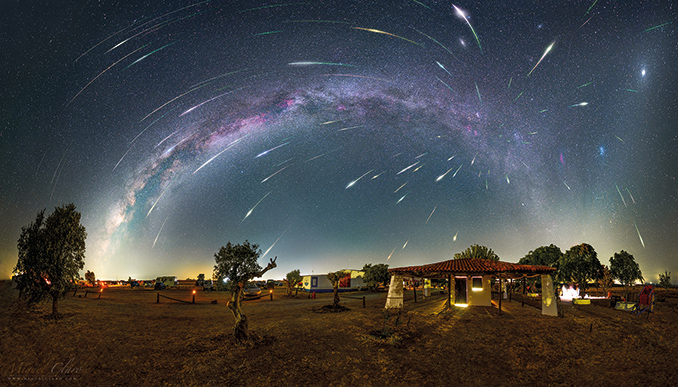
August is a time of cosmic wonder as the Perseid meteor shower graces our skies, filling them with streaks of light that ignite the imagination. This annual event, peaking around August 12 and 13, captivates astronomers and casual stargazers alike, offering a spectacular show of shooting stars.
The Perseids are famous for their bright meteors, which often flash across the sky amidst the occasional fireball that leaves spectators awe-struck. This year, while the waning gibbous Moon might obscure some of the fainter meteors, it won’t diminish the thrill of witnessing a celestial display that has brought people together for generations.
What are meteors?
Meteors, commonly known as “shooting stars,” are the brief streaks of light we see when meteoroids—tiny particles from comets or asteroids—enter Earth’s atmosphere at high speeds, sometimes exceeding 70 kilometers per second. The friction generated at such speeds creates intense heat, causing the meteoroids to vaporize and emit light. Most meteoroids that produce visible meteors are just a few millimeters in size and tend to be of low density.
The Science Behind the Perseids
The Perseids are linked to Comet 109P/Swift-Tuttle, a periodic comet that orbits the Sun every 133 years. As it approaches the Sun, it sheds material, which remains in a trail along its orbital path. Earth passes through this trail every August, leading to the meteor shower we eagerly anticipate. The last significant return of Comet Swift-Tuttle occurred in 1992, coinciding with heightened meteor activity, showcasing how these celestial events are interconnected.
When and Where to Observe
The window for witnessing the Perseid meteor shower usually spans from July 17 to August 24, with the peak activity occurring around midnight on August 12 and 13. During this time, observers should seek out dark locations away from city lights, maximizing their chances of seeing the most meteors. The radiant point of the Perseids lies in the constellation Perseus, which is located in the northern sky. As the night progresses, the radiant will rise higher, making for optimal conditions to spot those brilliant trails.
The ideal method for viewing is not to fixate on the radiant itself, which can result in shorter meteor trails being missed. Instead, gaze at an area about 30 to 40 degrees away from the radiant, and keep your eyes trained on a broader section of the sky. The longer meteor trails produced by this technique will offer a much more fulfilling experience.
What to Expect
If conditions are right and you’re in a truly dark location, you can expect to see anywhere from 50 to 70 meteors per hour at the peak of the shower. Even in more populated areas, you may still catch a glimpse of around ten meteors per hour as the radiant rises. It’s crucial to plan your outing; the earlier you arrive and the longer you stay, the more meteors you’ll have a chance to see.
Tips for an Enjoyable Viewing Experience
- Find a Dark Location: Get away from artificial lights to enhance your visibility of the meteors.
- Bring Comfortable Gear: Lay back on a blanket or recline in a chair while keeping your neck comfortable for long viewing sessions.
- Be Patient: Give your eyes time to adjust to the darkness—this can take up to 30 minutes.
- Plan for the Weather: Check forecasts to avoid a washout, as clear skies offer the best viewing conditions.
- Invite Friends or Family: Sharing the experience can amplify the joy and excitement of each meteor sighting.
As the August nights unfold, take this chance to step outside and immerse yourself in the grandeur of the universe. With the Perseid meteor shower lighting up the vastness of space, it’s a perfect time to connect with the cosmos, embrace the wonder of the night sky, and share those fleeting moments of beauty with others.
Stay Informed With the Latest & Most Important News
Previous Post
Next Post
-
 012024 in Review: Highlights from NASA in Silicon Valley
012024 in Review: Highlights from NASA in Silicon Valley -
 02Panasonic Leica Summilux DG 15mm f/1.7 ASPH review
02Panasonic Leica Summilux DG 15mm f/1.7 ASPH review -
 03How New NASA, India Earth Satellite NISAR Will See Earth
03How New NASA, India Earth Satellite NISAR Will See Earth -
 04And Thus Begins A New Year For Life On Earth
04And Thus Begins A New Year For Life On Earth -
 05Astronomy Activation Ambassadors: A New Era
05Astronomy Activation Ambassadors: A New Era -
06SpaceX launch surge helps set new global launch record in 2024
-
 07Space Force plans new ‘Futures Command’ amid pressure to speed up modernization
07Space Force plans new ‘Futures Command’ amid pressure to speed up modernization













